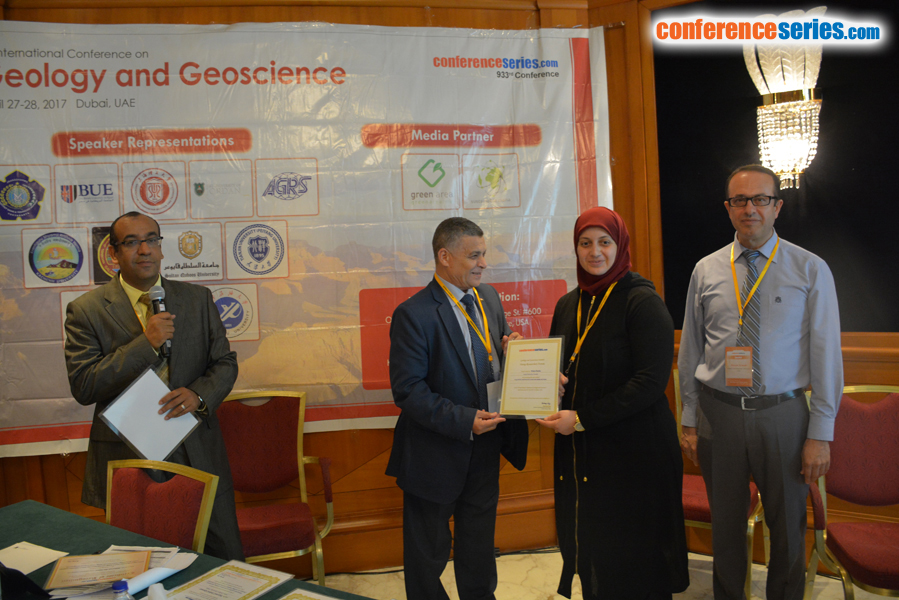
Wided Batita
Laval University, Canada
Title: Using MUSLE model and GIS to predict and estimate soil erosion
Biography
Biography: Wided Batita
Abstract
Statement of the Problem: Soil erosion by water is recognized as a major problem arising from agricultural intensification, land degradation and possibly global climatic change. It is, in our days, a major threat to sustainable land and crop production and causes degradation of water resources. This phenomenon is leading to significant decrease of soil fertility in the Mediterranean region as well as in Europe. GIS and Remote Sensing become necessary tools to prevent further soil degradation, by assessing risk. These tools have been implemented to assess the soil erosion risk in Kolymvari, Crete, Greece, which is due to intensive olive cultivation.
Methodology & Theoretical Orientation: The main aim of this study is to monitor potential land degradation in the Kolymvari municipality, which will be achieved through Modified Universal Soil Loss Equation Model (MUSLE) that could be utilized for predicting the scale and extent of land degradation in the study area. The estimation of the peak discharge, and the runoff volume were estimated. After that, the MUSLE factors have been generated. The watershed study area has been classified into categories (5ERCs) according to the degree of erosion risk, based on the predicted soil loss potential by the model. So, the high erosion risk areas (hot spots ERC5) have been identified in the watershed and accordingly, simple and low cost conservation and management practices have been proposed.
Findings: The strength of MUSLE model includes its ability to directly estimate sediment delivery potential from soil erosion. This is a valuable tool for environmental management and much needed for source-sink characterization of terrestrial source and aquatic sinks of particulate matters.
Conclusion & Significance: There is no big difference between the thematic maps generated by the two models MUSLE and RUSLE, almost the same values were found for the 5 ERCs. The areas located in the northern part of the peninsula belong to ERC5, because soil erosion potential coincided with the steeper slope length (L) and steepness (S) factors. Additionally, the areas in the southern part of the area belong to ERC5, because soil erosion potential coincides with relatively intense olive cultivation.
Speaker Presentations
Speaker PDFs
Speaker PPTs Click Here



